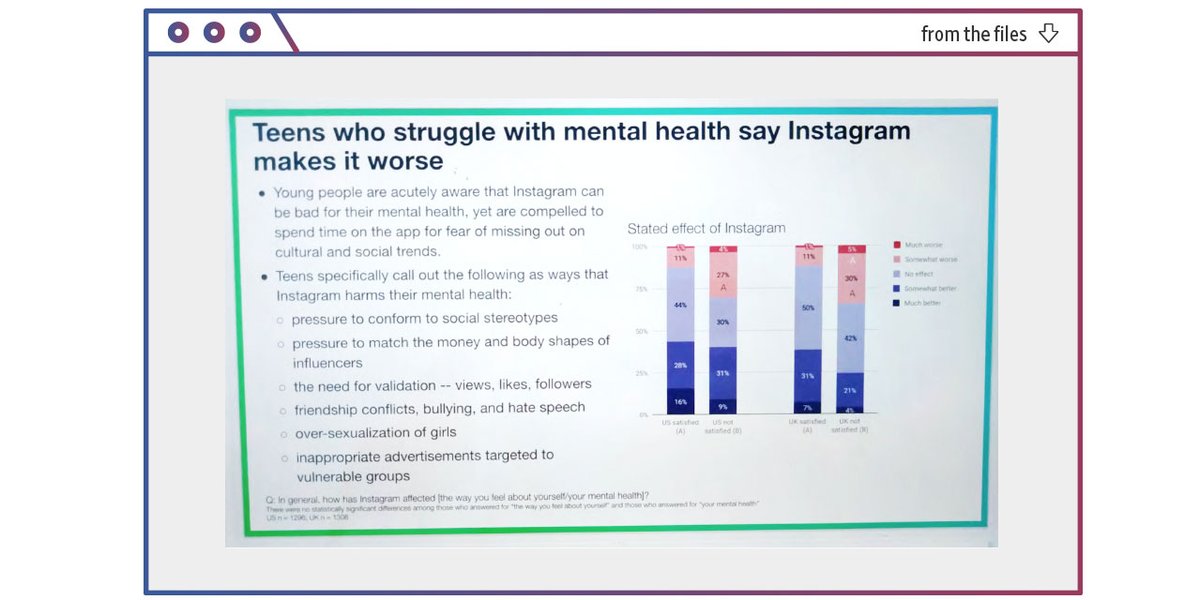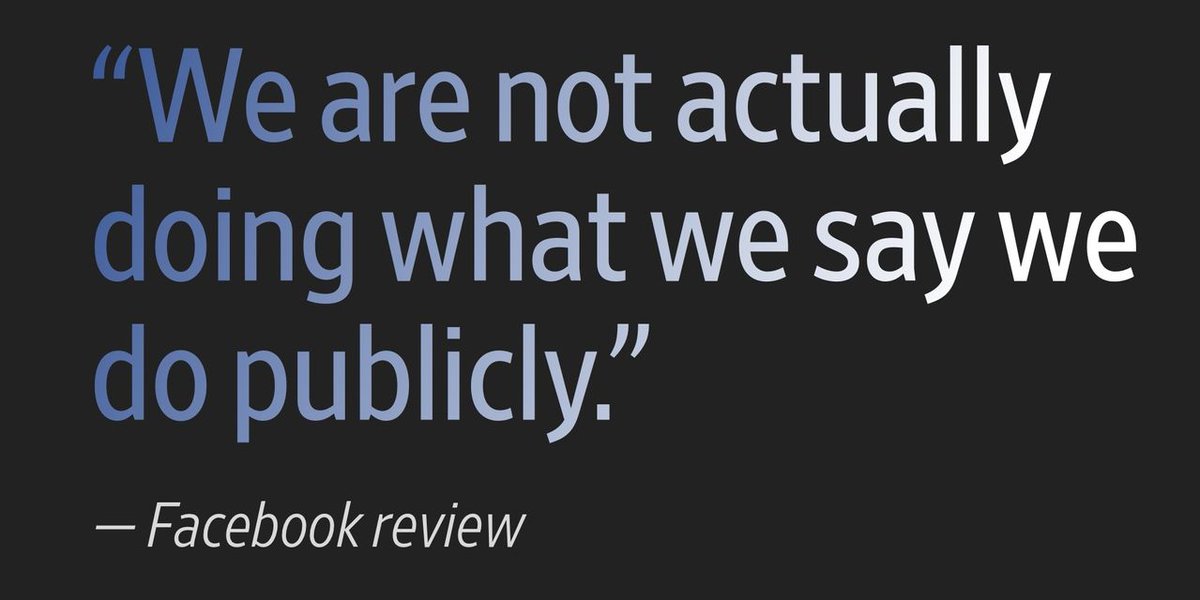
As the Taliban overtook Afghanistan, many American military veterans were left wondering if it was all worth it.
Some were ready for the war to be over. Others wanted the U.S. to stay. But most agree this was not the ending they wanted. on.wsj.com/3yXuGY0
Some were ready for the war to be over. Others wanted the U.S. to stay. But most agree this was not the ending they wanted. on.wsj.com/3yXuGY0
Retired Army Sergeant First Class Sean Lee wasn’t necessarily surprised to see the Taliban sweep across Afghanistan during the past week. Instead, he was surprised at his own subdued reaction. on.wsj.com/3CRCmgG 

Kevin Brewington, a former Army paratrooper, has been happy to see the U.S. pull out, tired of seeing troops get injured in a war that accomplished what he thought of as the big goal of finding Osama bin Laden on.wsj.com/3g7P5lA 

Geoffrey Quevedo, who was a private in the Army’s 10th Mountain Division, was sitting at a bar recently with a wounded warrior-support organization when news of the drawdown and Taliban resurgence came on the TV. He asked to change the channel. on.wsj.com/3m5y7Ir 

• • •
Missing some Tweet in this thread? You can try to
force a refresh









